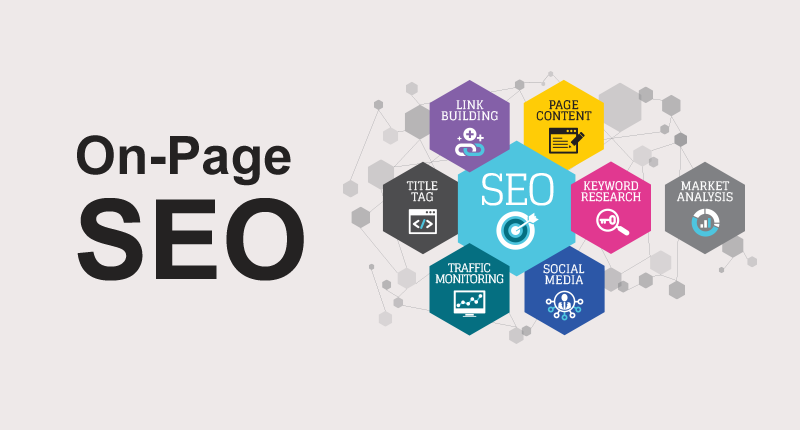On-page ranking factors are the elements on your website pages that communicate to search engines and to your users the topic of your website’s pages and help improve rankings for relevant search terms.
1.CONTENT ON PAGE
The content of a page is what makes it worthy of a search result position. It is what the user came to see and is thus extremely important to the search engines. From an SEO perspective, all good content has two attributes.
Good content supplies a demand:
Just like the world’s markets, information is affected by supply and demand. It can be a video, an image, a sound, or text, but it must supply a demand in order to be considered good content.
Good content is linkable:
From an SEO perspective, there is no difference between the best and worst content on the Internet if it is not linkable. If people can’t link to it, search engines will be very unlikely to rank it.
2.TITLE TAG
A title tag is an element that specifies the title of a web page. Title tags are displayed on search engine results pages as the clickable headline for a given result, and are important for usability, SEO, and social sharing. The title tag of a web page is meant to be an accurate and concise description of a page’s content.
How to write a good Title Tag
• Watch your title length-it is recommended keeping your titles under 60 characters long.
• Don’t overdo SEO keywords Do not start stuffing your title full of keywords in a way that
creates a bad user experience,
• Give every page a unique title
• Put important keywords first
• Take advantage of your brand-If you have a strong, well-known brand, then adding it to your titles may help boost click-through rates.
• Write for your customers- It’s vital to think about the entire user experience when you’re creating your title tags.It is a new visitor’s first interaction with your brand when they find it in a search result.
3.URL
Make sure that the category hierarchy of the given website is reflected in URLs, and using plain text helps search engines and users to determine the topic of a page at a glance.
• Keep your URLs as simple, relevant, compelling, and accurate as possible
• URLS should be definitive but concise.
• When necessary for readability, use hyphens to separate words.
• Use lowercase letters. In some cases, uppercase letters can cause issues with duplicate pages.
4. IMAGE ALT TEXT
Your content should include relevant and engaging images.
Alt Text Best Practices
• Describe the image, and be specific.
• Keep your alt text fewer than 125 characters.
• Don’t start alt text with “picture of…” or “Image of…”
• Use your keywords, but sparingly.
• Don’t cram your keyword into every single image’s alt text.











